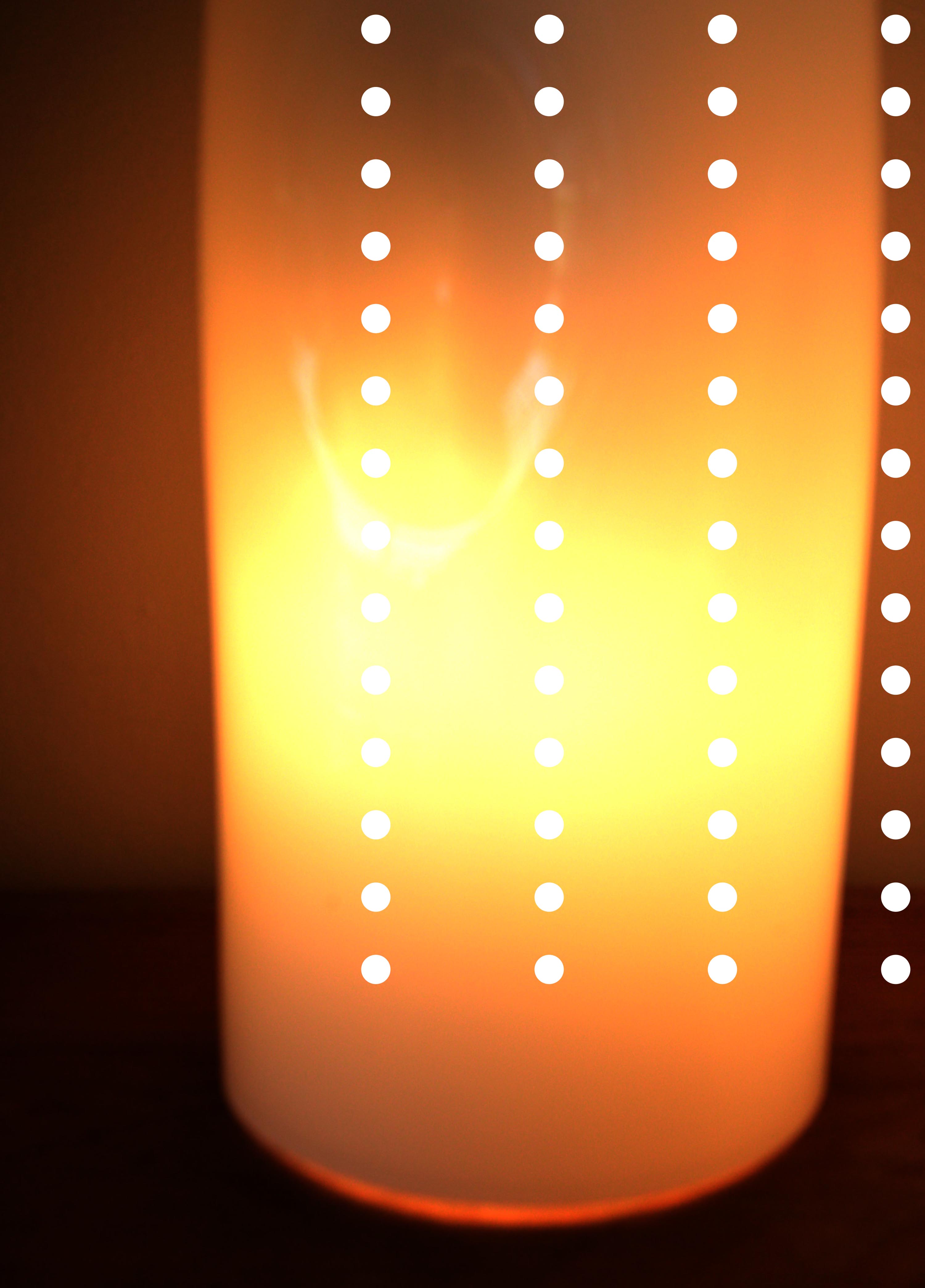The other minimalism – The Dutch connection
One does not need to be a musicologist to know what minimalism is about. Most music lovers will be able to mention at least one of its famous composers: Glass, Reich or Riley. What is less common knowledge is that this American protest against expressionist music crossed the Atlantic in the blink of an eye and gained popularity in Europe, attracting composers who wanted to free themselves from the rigid dogmatism of the dominant conservative currents.
One of the key figures within this European musical revolution was Louis Andriessen. This Dutch/French program is an homage to his revolutionary musical style and the huge influence he had on the development of contemporary music. By the time minimalism was born, Andriessen was on the barricades already demanding more attention for contemporary music. He founded his own ensembles in order to be able to play his rather unconventional compositions and was one of the instigators of the ‘Haagse school’, a group of teachers at the The Hague conservatory. Their music and composition classes were integrating different musical currents and other disciplines, and created the rich soil in which the current Dutch ensemble culture could grow and blossom.
His work Life is a beautiful synthesis between the classical and romantic musical heritage of old Europe and the American repetitions of composers such as Steve Reich or Terry Riley. Andriessen asked Marijke van Warmerdam to create a film for it “a brand-new version of Pictures at an Exhibition”. As Andriessen has a close relationship with "Bang on a Can", Life was written for and premiered by the famous New York collective.
Thierry Pécou, who often finds inspiration in other cultures, travelled back in the Dutch colonial history. His Sextuor, a strong rhythmic, almost festive work, is inspired by gamelan. This traditional ensemble music of Indonesia with the main role for percussive instruments is still played on formal occasions and ceremonies.
Yet another voice was needed, and Pécou decided to invite a next generation rhythmical Dutchman who developed himself in this flourishing ensemble culture: the composer and percussionist Arnold Marinissen. His music is rather poetic and refined, concentrating on expressing the essential, which can be clearly heard in his work Mestre Claudinei. It reminds of the rhythmical sounds of the berimbau, an instrument that plays an important role in the Brazilian martial art capoeira. Furthermore, he will create an entirely new work for Ensemble Variances.
Apart from being linked by a personal way of renewing minimalism, these three completely different musical universes have in common a sonorous hedonism full of light and bright colors.
Time for a meet and greet with the Dutch side of minimalism?
Videos
Program
Arnold Marinissen
Mestre Claudinei for cello and guitar
Thierry Pécou
Sextuor for flute, saxophone, clarinet, horn, bassoon and piano
Louis Andriessen
Life for saxophone [and clarinet], percussions, electric guitar, piano, cello and double bass. With film by Marijke van Warmerdam
Thierry Pécou
Nanook Trio for clarinet, saxophone and piano
Arnold Marinissen
Métisse for flute, clarinet, saxophone, percussions, electric guitar, piano, cello and double bass
The cast
Anne Cartel flute
Carjez Gerretsen clarinet
Nicolas Prost saxophone
Loïc Chevandier bassoon
Vadimir Dubois horn
David Louwerse cello
Laurene Durantel double bass
Irini Aravidou percussions
Pierre Bibault guitare electrique
Thierry Pécou piano
Informations
Louis Andriessen, Youtube Marijke van Warmerdam, Youtube Arnold Marinissen, Youtube Arnold Marinissen, Youtube Marijke van Warmerdam, www.louisandriessen.blogspot.fr

